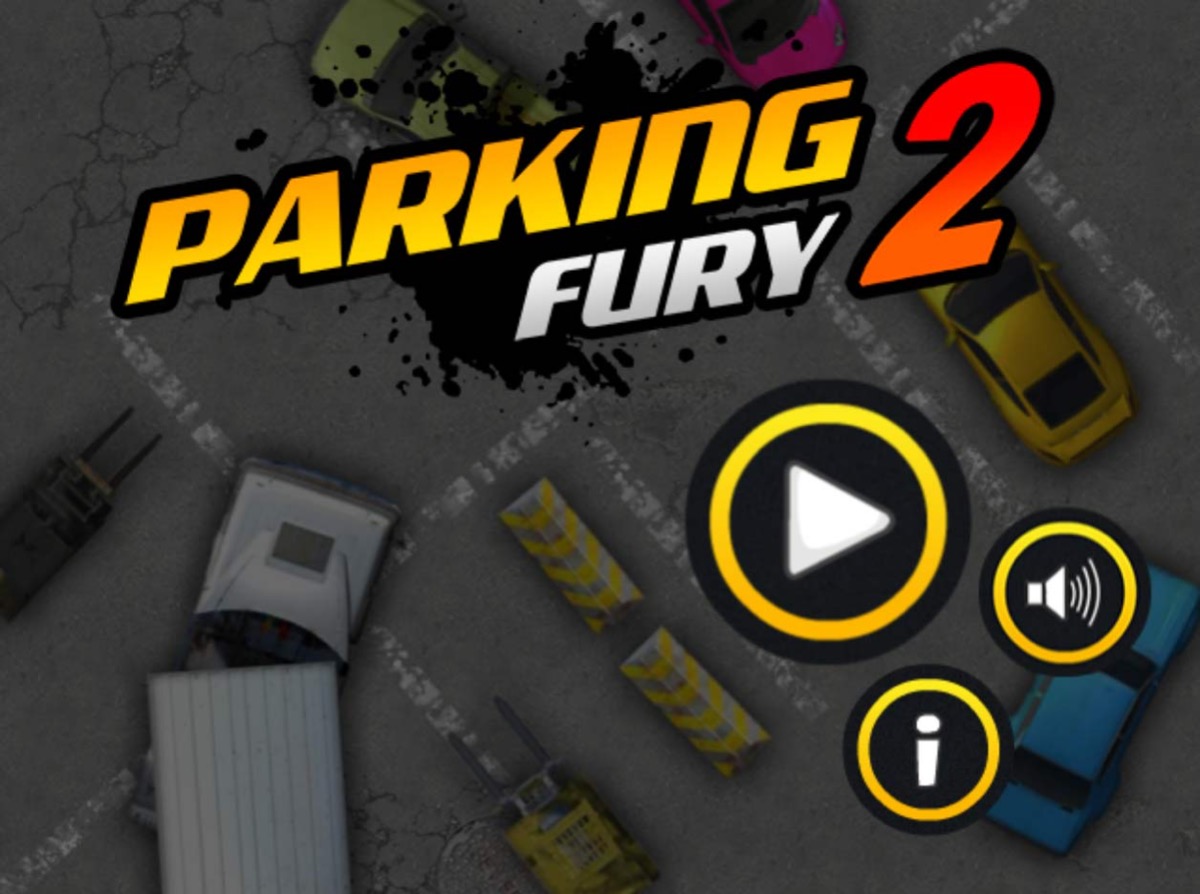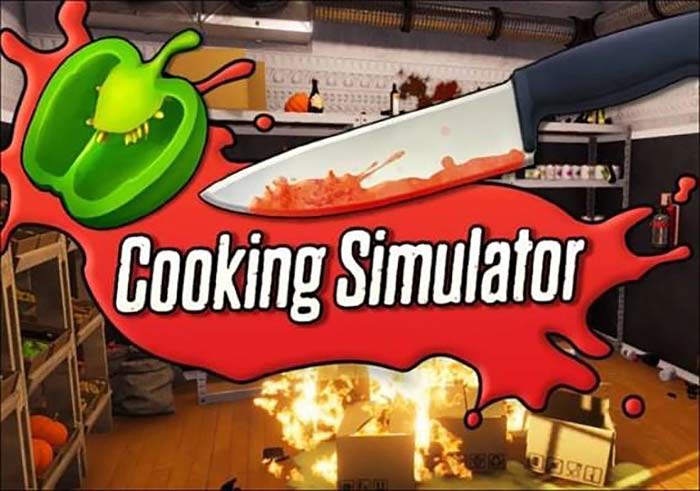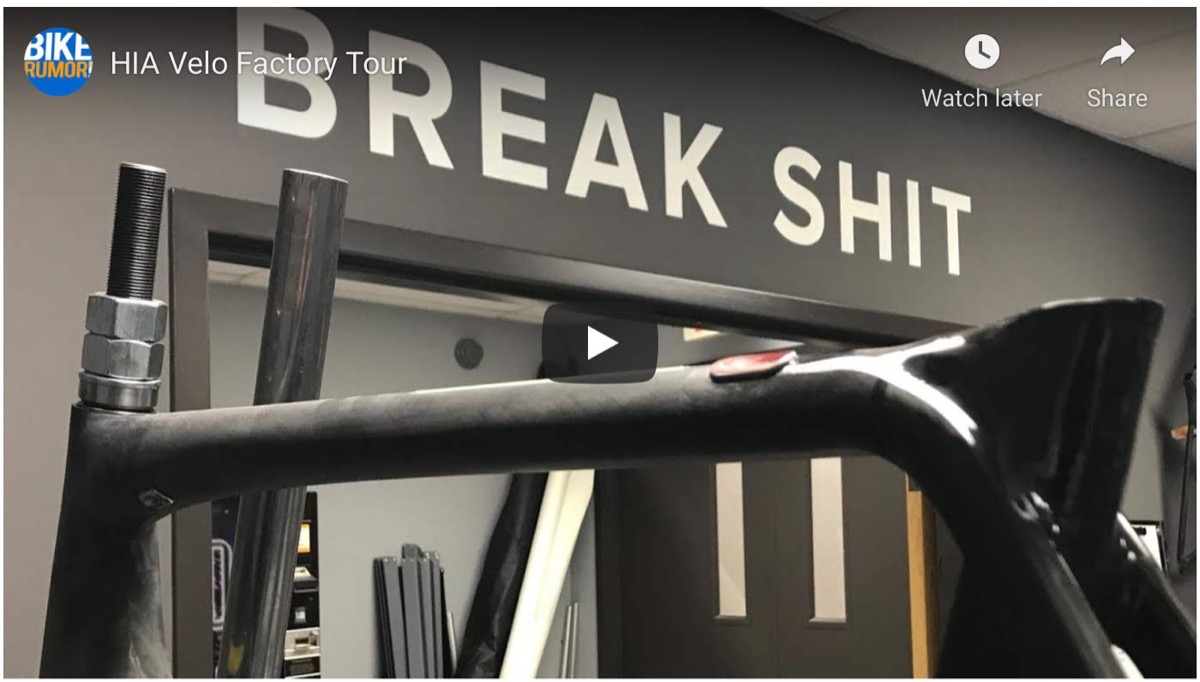Parks and Wreck
Mar 11, 2021 11:00 pm

How to make sure your customers appreciate your high prices.
Hello Content Creators!
Recently, my kids have been playing a Parking Simulator.
It's exactly what it sounds like. You try to drive a car to a parking spot and park it without hitting anything.
It's a far cry from the action of Fortnite.
You know what isn't?
Cooking Simulator.
This one's fast and furious. My teenage son was yelling like Gordon Ramsey, freaking out about budgets, onion chopping technique, timing all the dishes to be served together, and proper presentation.
It's hilarious to watch, even if I think it's a complete waste of time.
Or is it?
After he played it...
A funny thing happened.
All of a sudden, he appreciated how much work it is for me to make three different breakfasts every morning.
He likes cheesy scrambled eggs, super fluffy. My daughter? Sausage-y eggs. Kristi and I? Loads of veggies.
It didn't matter how many times I've said "I hope you appreciate the work I do to make you each your own breakfasts." All they had to do was try it themselves, and then they got it. Then they appreciated it.
Here's the takeaway:
When I've toured manufacturers and see how much work goes into producing a specialty component, I have a new appreciation for it and its higher-than-average cost.
When I know a restaurant is buying local, fresh, organic ingredients rather than generic frozen blocks of processed foods off a Sysco truck, I'll not only go out of my way to eat there, but I won't care about the prices.
If you're charging more for your products, do your customers understand why?
Do they see all of the care and effort you put into making them better?
If not, quit telling them.
Start showing them.
But, how?
Here are three examples:
- Invite an influencer to your factory to try their hand at making your product. I did this at Allied Cycles and can tell you first hand that laying up a carbon fiber bicycle tube is way, way harder than they make it look...but it took my experience to give it perspective.
- Have your CEO or founder walk through the process and explain the special techniques, materials, etc., that separate your process and product from others.
- Create social posts showing the small steps, ingredients, or processes that people don't expect.
These methods illustrate it without you having to tell them. It lets them see it for themselves (seeing is believing!), and make the connections for themselves, which makes it memorable.
Show, don't tell.
(Get this from a friend? Subscribe here.)
A Recent Content Project
Here's a perfect example of the above lesson.
These factory tour walk-throughs are some of my favorite types of tours. They're super easy to shoot, require minimal editing, and they have a very informal, intimate feel that viewers (aka customers) better connect with.
This one's from 2017, so for cycling fans, this is their old factory, but it illustrates the point.
If you're a cycling brand, please reach out if you'd like to do something similar. If not, use this as an example of how easy it is to create great content that shows your process rather than trying to explain it in fluffy marketing language.
Now more than ever, your customers want real, honest content about your brand. They want to see who's behind it, how it's made, why it's different and special.
(Did you get this email from a friend? Subscribe here.)
Cool Stuff I've Found
Here are three tools I've been using to shoot better action videos:
Altura Monopod - It might seem stupid because it doesn't stand on its own, but I've found an alternate use that makes this super useful. When I need to follow the action with my DLSR, it's hard to keep the camera stable, especially when trying to pull the zoom in or out to follow a rider coming towards/riding away from the camera. Putting one hand on the zoom dial and another lower on the monopod gives me enough leverage to hold the camera steady. While there's a carbon fiber version available for showing off, this Altura 62" Monopod collapses shorter and is actually lighter, making it perfect to throw in a backpack.
Kupton Jaws Flex Clamp - I'm always a little wary of "no name" accessories on Amazon, but for lightweight cameras like a GoPro or iPhone, this one works great. What I like about this model is that it's extra long, so it can double as a selfie stick. But the main reason for a clamp-on, flexible mount is that it opens up way more creative placements in, on, around, under, and over things.
Neewer Wrist Strap Mount - Don't let the product name limit your imagination. I've used this to mount a camera on bike downtubes to capture suspension action and more, which provides some great footage for reviews. It'll strap to basically any tube shape. I'm on my second one, because the mechanism that locks the camera's rotation wore out, but at $7, I'm OK with its limited durability because of the creative opportunities it allows.
Until next week... Show Off!
Tyler Benedict
PS - If you like this, please forward it to a friend... Thanks!
*Any items, services, or products mentioned in these emails are provided solely because I think you'll like them. Some links might be affiliate links, which earns me a small commission and helps support all the free content. Thanks!




